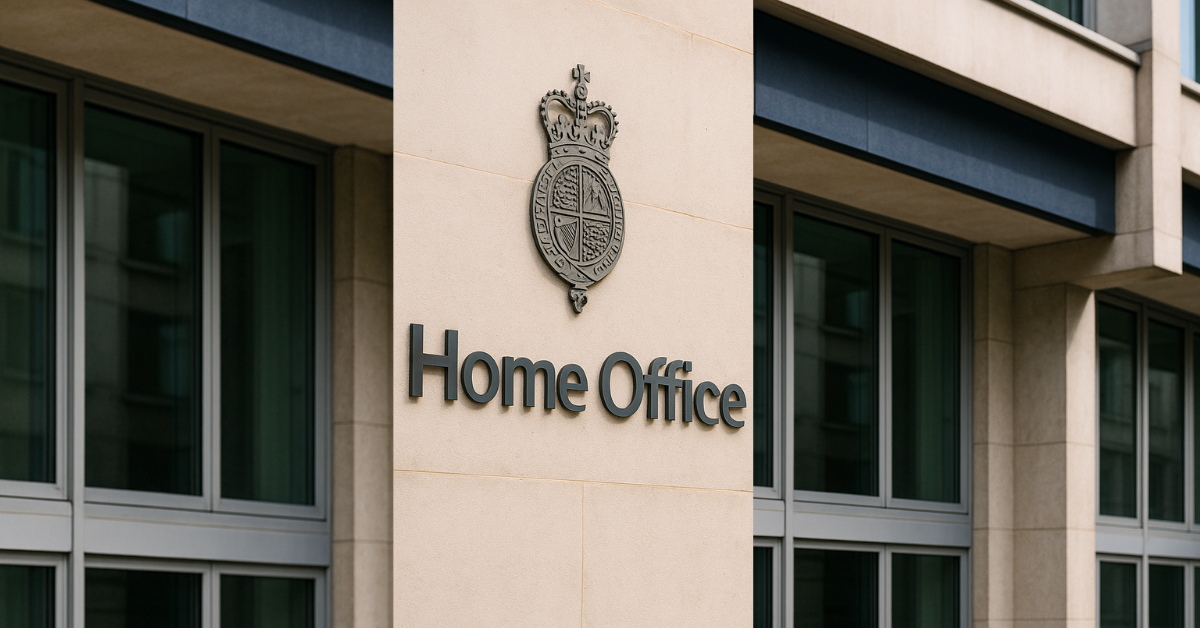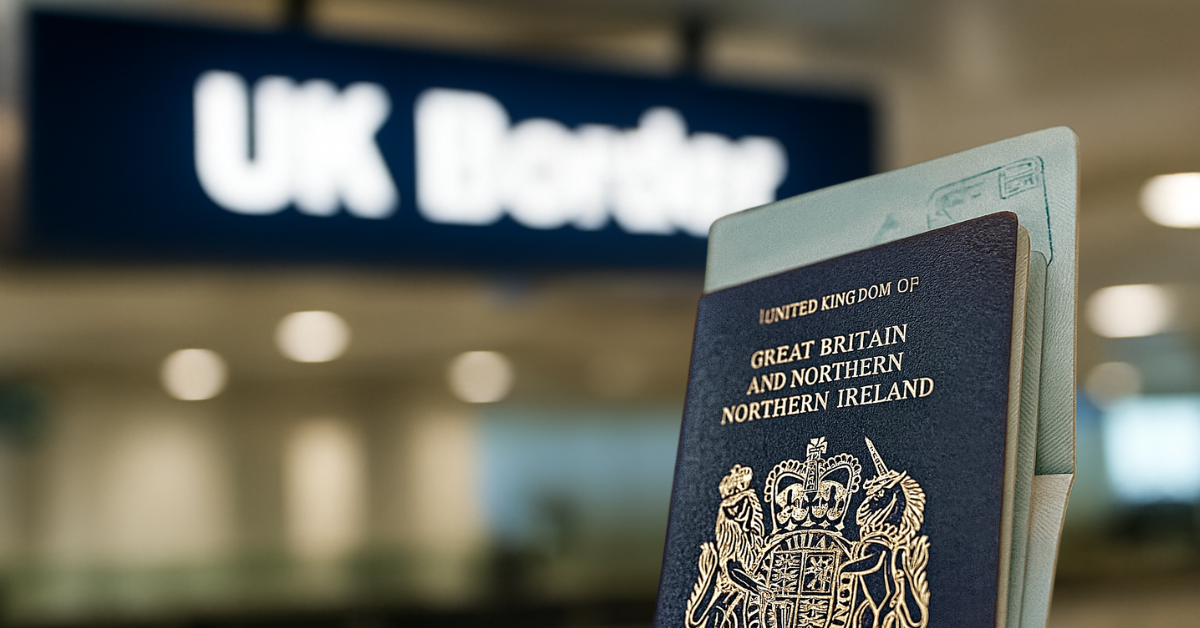
UK Immigration White Paper 2025 – Part 3: Implications of the Proposed 10-Year Settlement Rule for Employers and Visa Holders
Explore how the UK’s proposed 10-year settlement rule could affect skilled workers and sponsors. Includes legal analysis, employer advice, and links to White Paper coverage.

Thal Vasishta
As part of the wider immigration and labour market reforms outlined in the UK Government’s 2025 Immigration White Paper, a major proposal under consideration is the extension of the standard qualifying period for settlement (also known as Indefinite Leave to Remain – ILR) from 5 years to 10 years.
This potential change has raised significant concerns for both current visa holders and UK employers, particularly those sponsoring skilled workers.
In this third article of our White Paper series, we examine:
- What the proposed 10-year settlement rule means.
- The potential legal and practical implications.
- Historical precedent that may shape future decisions.
- What steps visa holders and employers should take now.
📚 Haven’t read Part 1 and 2? Start with: Part 1 – What the White Paper Means for Employers & Sponsors and Part 2 – Key Insights into the Direction of UK Immigration.
What Is Changing?
The government has proposed that all new visa routes with a path to permanent residence will now require 10 years of continuous residence before becoming eligible for settlement, up from the current 5 years.
This includes the Skilled Worker route, which is one of the most common pathways to ILR.
Why Is This Significant?
The 10-year proposal not only increases the duration of stay required for settlement, but also the financial burden on both visa holders and their sponsors.
This follows other recent cost increases such as:
-
A 120% increase in the Certificate of Sponsorship fee
-
Increases in the cost of Indefinite Leave to Remain applications
What Does This Mean for Employers?
UK employers sponsoring overseas workers must now plan for longer-term sponsorship, potentially doubling the time (and cost) of supporting an employee’s stay in the UK.
This affects:
-
Recruitment budgets, which must accommodate longer sponsorship timelines.
-
Retention strategies, as foreign workers may reconsider long-term UK employment if settlement becomes harder to achieve.
-
Compliance planning, as extended visa periods bring ongoing responsibilities for right-to-work checks and reporting.
🧾 Employers should also consider whether changes apply to existing visa holders or only new entrants. This distinction will be critical for legal and operational planning.
Will the 10-Year Rule Apply to Existing Visa Holders?
Currently, this remains unclear. While the Home Secretary has confirmed there will be a consultation, no assurances have yet been made for those already on a settlement pathway under current rules.
However, there is an important legal precedent worth noting:
🔍 2009 HSMP Judicial Review: A Relevant Precedent
In 2009, the UK Home Office attempted to retroactively change settlement rules for those on the Highly Skilled Migrant Programme (HSMP). The High Court ruled this unlawful, stating:
“Good administration and straightforward dealing with the public require that the terms of the original scheme be honoured. Not to restrain the impact of the changes would… give rise to conspicuous unfairness and an abuse of power.”
This ruling suggests that applying the 10-year rule retrospectively may lead to successful legal challenges.
What Should Visa Holders Do Now?
If you are already in the UK on a Skilled Worker visa or another route with a path to settlement:
-
Continue tracking your qualifying time carefully.
-
Keep up to date with policy announcements and consultation outcomes.
-
Seek legal advice early to protect your route to settlement.
What Should Employers Do Now?
Employers should proactively:
-
Budget for 10-year sponsorship timelines.
-
Review recruitment strategies, particularly if international hiring is key.
-
Assess employee records to distinguish between existing and prospective visa holders.
-
Plan legal contingencies should retrospective rules be introduced.
Conclusion and Recommendations for Employers
While the 10-year settlement rule is still in the proposal stage, it has already introduced uncertainty into the immigration system. Employers and visa holders must take proactive steps to prepare for potential outcomes.
At Paragon Law, we are closely monitoring developments and will continue to provide timely updates.
💬 For tailored legal advice or to discuss how these changes might affect you or your workforce, contact our team.
🛑 The law applicable in this article is correct as of 27 May 2025. Immigration rules frequently change, and the information here may not reflect the latest legal position. For advice tailored to your specific circumstances, please contact us to arrange a consultation with our legal team.
Subscribe for updates

UK Immigration White Paper 2025 – Part 1: What the White Paper Means for Employers & Sponsors
Not ready to talk? Our free immigration resources may have the answer to your questions

Border Security, Asylum and Immigration Act 2025 – What Employers Need to Know
.png)
UK Immigration Rule Changes 2025: Visa and Settlement Reforms Explained
%20What%20Sponsors%20Need%20to%20Know%20(1).png)
Upcoming Increase to the Immigration Skills Charge (ISC): What Sponsors Need to Know

Home Affairs Committee Launches Call for Evidence on Settlement Reforms

UK Immigration Rules 2025–2027: Key Visa & Policy Changes Explained

UK Immigration White Paper 2025: Visa & Settlement Rule Changes Explained

Home Secretary on UK Immigration: Settlement Rules & Border Control
.png)
UK ETA Refusals: Reasons & Next Steps


